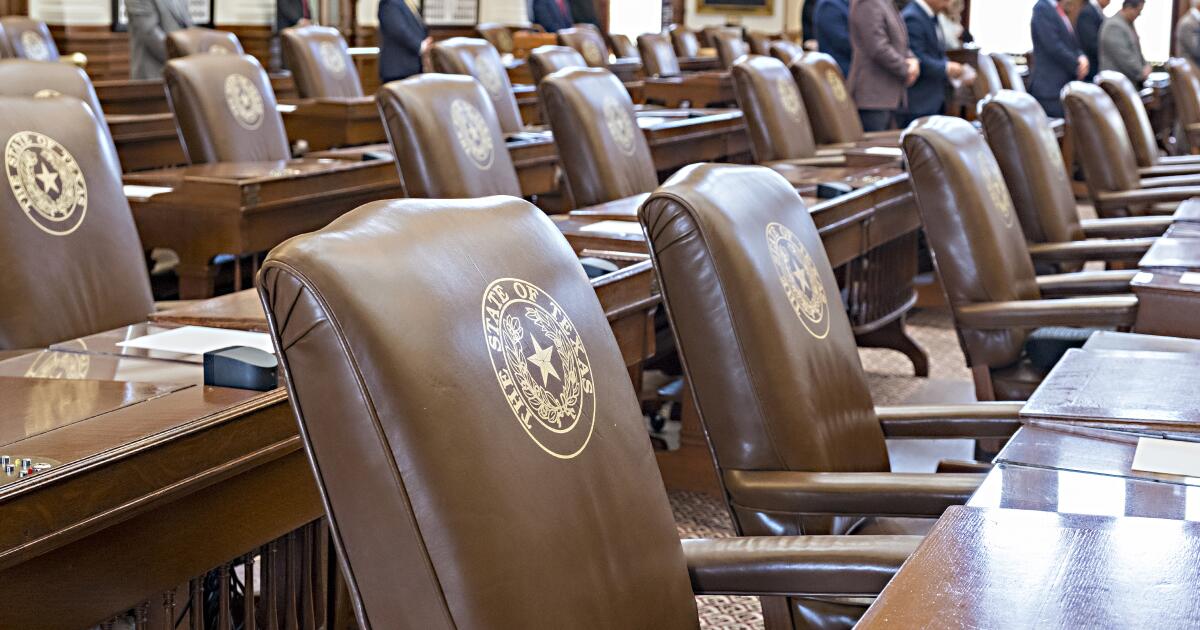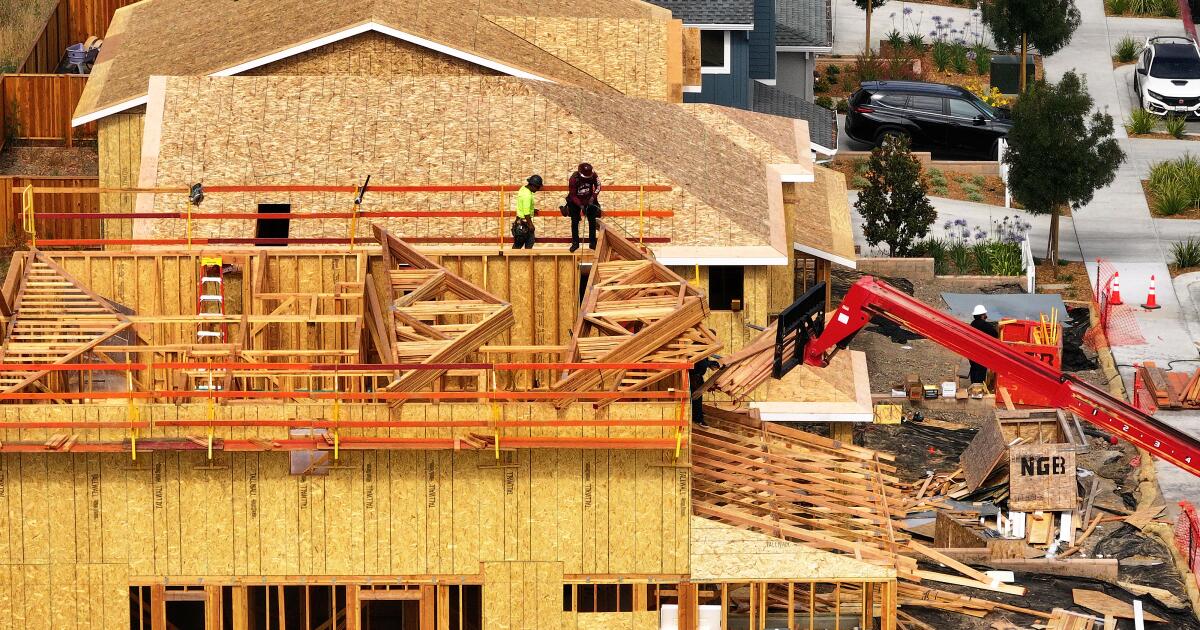How a U.S. Government Shutdown Could Affect Financial Markets
Government shutdowns in the United States, once seen as rare emergencies, have increasingly become recurring features of partisan gridlock. The current risk stems from Congress’s failure to agree on federal funding, with both Democrats and Republicans using budget negotiations as leverage for political gain. A shutdown would immediately halt or scale back many federal operations, furlough staff, and disrupt the work of agencies that provide oversight and produce essential economic data.
What makes this episode more significant is its timing. In 2025, the U.S. economy is already navigating slower growth and persistent inflation pressures, leaving policymakers highly dependent on accurate, timely information. A shutdown that blocks employment or inflation reports would deprive the Federal Reserve and investors of the tools needed to assess economic trends. Beyond the immediate disruption, repeated shutdowns signal deeper institutional fragility, raising concerns both at home and abroad about America’s capacity to govern itself effectively.
Key Issues
Shutdowns have occurred before, and markets have typically absorbed the impact. However, analysts warn that the 2025 situation may be different. A prolonged lapse in funding could prevent the release of crucial indicators like monthly employment and inflation reports, leaving the Federal Reserve without up-to-date information. This would make monetary policymaking riskier, as decisions on interest rates would rely on projections rather than real-time data.
Stakeholders Involved
Federal Reserve: As the central bank, the Fed relies heavily on monthly employment and inflation data to guide monetary policy. Without these releases, it risks misjudging the economic outlook. Analysts warn that this would increase the likelihood of relying on internal forecasts, potentially leading to either excessive caution or misplaced confidence in the pace of rate cuts.
Financial Regulators: Agencies like the SEC and CFTC are central to market integrity. During a shutdown, both would be reduced to skeletal operations, undermining oversight, delaying investigations into misconduct, and halting the review of corporate filings. This leaves markets more vulnerable to irregularities at a time of heightened uncertainty.
Investors and Market Participants: Traders depend on timely data and regulatory signals to price risk and structure complex trades. A data blackout would create an information vacuum, forcing markets to trade on speculation rather than fundamentals. This increases volatility and risk premiums across equities, bonds, and derivatives.
Companies and the IPO Market: Firms preparing to go public, particularly in high-growth sectors like technology and biotech, would face costly delays without SEC approvals. This could dampen momentum in equity capital markets and deter future IPOs, especially from smaller companies lacking the resources to wait out a shutdown.
Political Leaders and Policymakers: Congress is at the center of the standoff, with partisan gridlock preventing a resolution. For lawmakers, the shutdown is both a political weapon and a reputational liability, while for the executive branch, it represents a governance failure. Repeated funding crises erode trust in political institutions and diminish the credibility of U.S. leadership globally.
The Global Economy: Beyond U.S. borders, international investors and governments watch these developments closely. As the U.S. dollar and Treasury markets remain the backbone of global finance, instability in Washington creates ripple effects worldwide, raising concerns about America’s ability to maintain economic stewardship in times of crisis.
Implications
A short shutdown may have limited impact, but a protracted one could damage investor confidence, steepen the Treasury yield curve, and disrupt IPO markets. The inability of regulators to function fully would reduce market integrity, while delays in economic reporting would make it harder for both investors and policymakers to assess the true state of the economy. Beyond economics, repeated shutdowns undermine perceptions of the U.S. as a stable and reliable global leader.
Analysis
In my view, the danger of a shutdown lies less in immediate market collapse and more in the erosion of institutional credibility. Financial systems depend on steady oversight, timely data, and predictable governance. A shutdown demonstrates how domestic political brinkmanship directly undermines these foundations. It sends a troubling signal: the world’s largest economy is vulnerable not only to external shocks but also to self-inflicted political dysfunction. From an academic perspective, this reflects how partisanship can corrode economic governance, diminishing both domestic confidence and the United States’ reputation as a global anchor of stability.
With information from Reuters.








